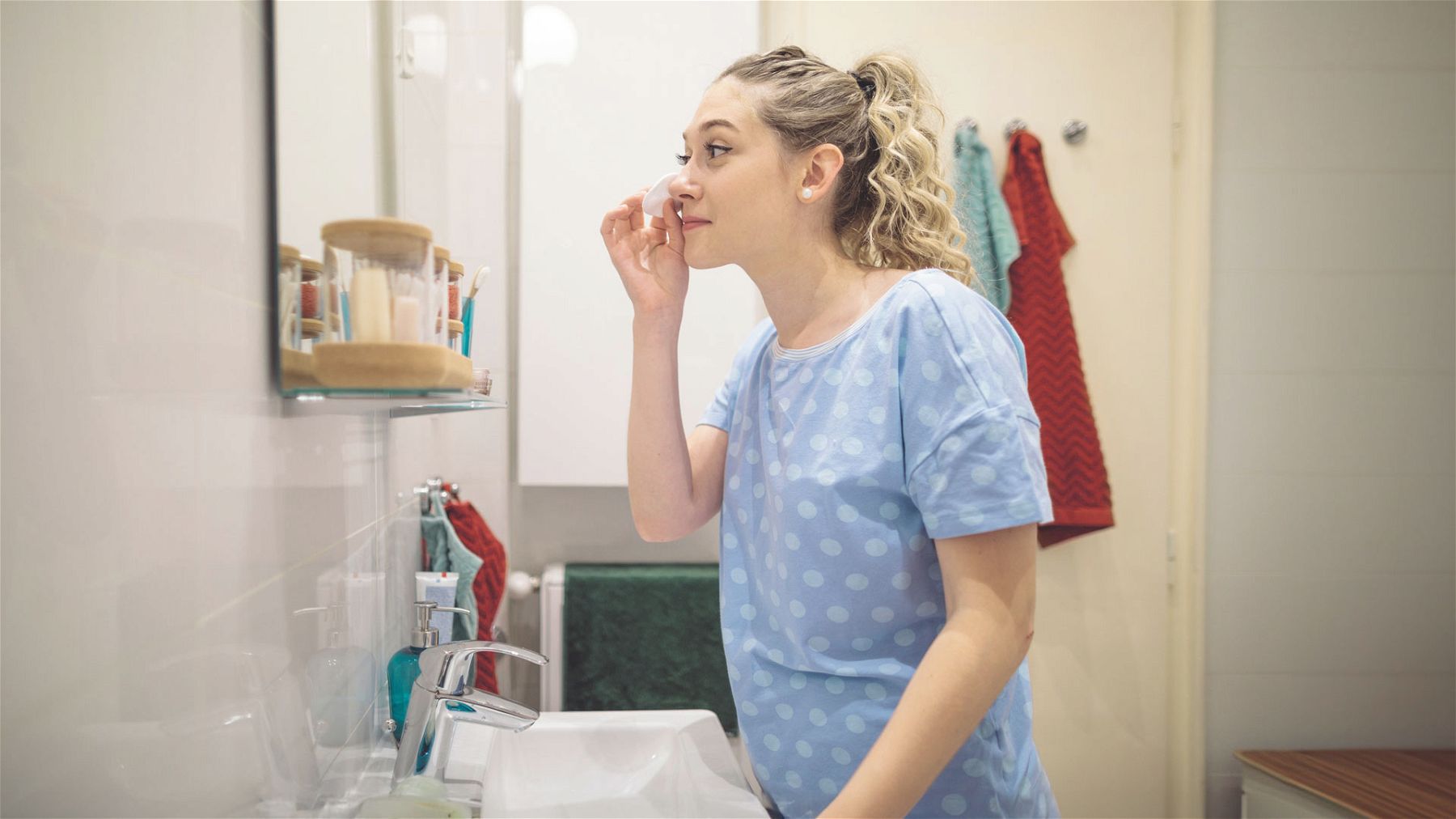There is a bad smell in the bathroom or kitchen – what should I do?
If the drains are not used for a period of time (e.g. when you are away from home), the water may evaporate from the traps and allow odors to enter your home. The siphon keeps sewer odors out of your home. Flush the water and the trap will return to normal. If the smell persists, try cleaning the trap or the floor drain.
How do I clean the water trap?
If the drain in your sink is not working properly, the siphon may need to be cleaned. The siphon is located under the sink or basin, where the pipe bends. Cleaning the water trap is not difficult.
Here's what to do:
- Place a bucket under the sink to collect any water left in the pipes.
- Unscrew the parts - it's easy to do without using tools.
- Wear rubber gloves if you wish. Clean the different parts of the water trap with water and detergent. Scrub with a brush, rinse with water.
- Screw all parts back together. Be careful not to screw them wrong – if the parts do not fit together correctly, there may be leaks and water damage.
- Avoid future leaks by making sure the rubber gaskets are in place.
- Flush the system with water to check for leaks.
- Done!
How do I clean the floor drain?
By cleaning the floor drain regularly, preferably once a month, you minimize the risk of both bad smells and blockages in the sink and shower drains. Cleaning the floor drain is not difficult.
Here's how to do it:
- Remove the drain cover/grid. It may be attached with screws that need to be unscrewed.
- Wear rubber gloves if you wish. Clean the cover from hairs and dirt. Throw this in the trash – not in the toilet.
- Clean the well with water, detergent and a brush. It is important that you clean as far down the drain as you can reach. Flush with the shower.
- Before replacing the drain cover/grid, you can insert a special filter that collects hairs to make it easier to clean next time.
- Done! If, after cleaning, the floor drain is still blocked – please do a maintenance request.
Should I use a chemical drain cleaner if I have a problem with the drain?
No – such strong agents can damage the pipes.


